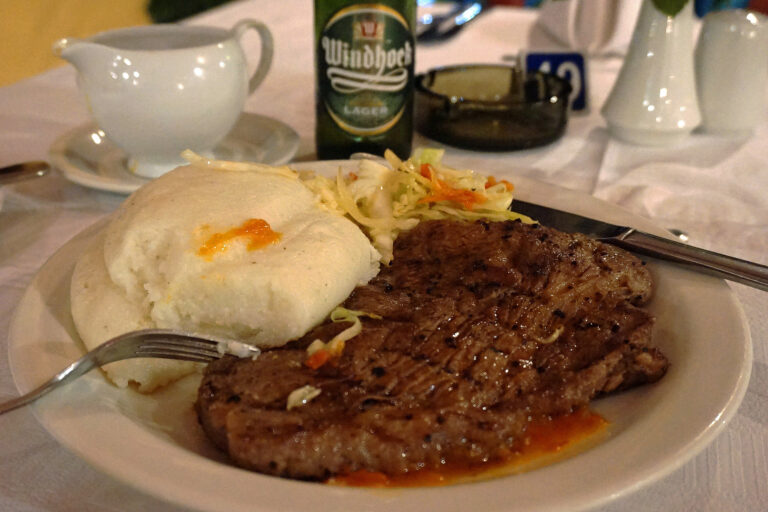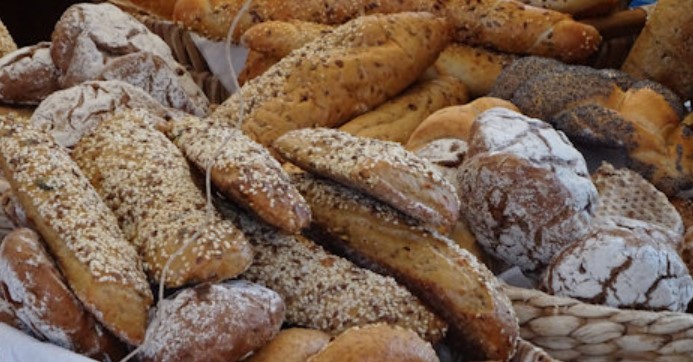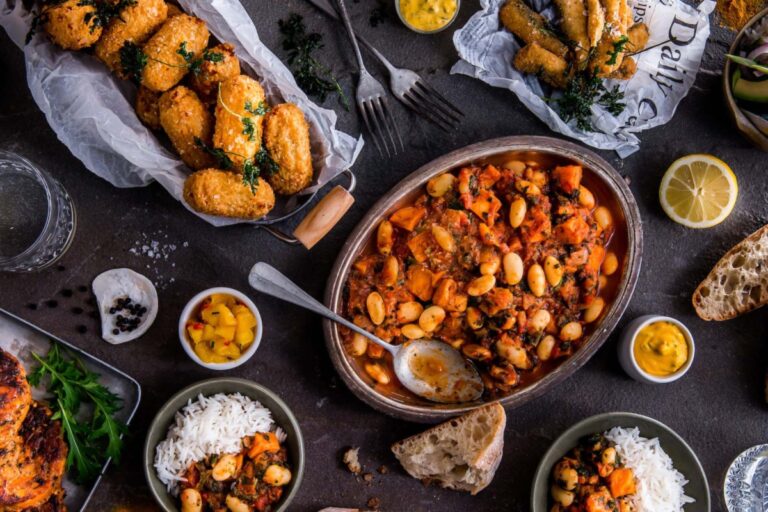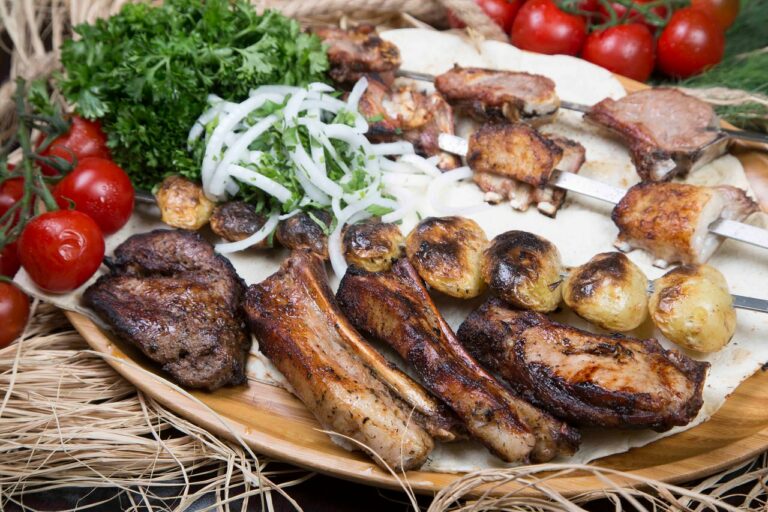Introduction
Australia is known for its vast landscapes, unique wildlife, and diverse culture. However, one thing that many people do not know about Australia is that it has a thriving wine and beer industry. The country is home to hundreds of wineries and breweries, producing a variety of unique and delicious beverages that are well-known both locally and internationally.
The Australian Wine Industry
The Australian wine industry is one of the largest in the world and is known for its high-quality wines. The industry began in the late 18th century when settlers brought vine cuttings with them from Europe. Today, Australia is home to over 60 wine regions, with the majority located in the southern part of the country. The wine industry contributes billions of dollars to the Australian economy each year and is a significant source of employment for many people.
Famous Australian wine regions
Some of the most famous Australian wine regions include the Barossa Valley, Hunter Valley, Yarra Valley, Margaret River, and Coonawarra. These regions are known for producing some of the best wines in the country, with each region having its own unique style and flavor. The Barossa Valley, for example, is known for its full-bodied Shiraz, while the Margaret River is known for its Cabernet Sauvignon and Chardonnay.
Local Wines and Beers
Australia is home to a variety of local wines and beers that are well-known and loved by Australians. Some popular local wines include Penfolds Grange, Henschke Hill of Grace, and Jacob’s Creek. In terms of beer, some popular local brands include Victoria Bitter, Tooheys New, and Coopers.
Well-known Australian wine varieties
Australia is known for producing a variety of unique and delicious wine varieties, with some of the most well-known including Shiraz, Cabernet Sauvignon, Chardonnay, and Pinot Noir. Shiraz is perhaps the most famous Australian wine variety and is known for its rich, full-bodied flavor and spicy notes.
Popular Australian Beers
In addition to wine, beer is also a popular beverage in Australia, with many well-known brands and varieties. Some popular Australian beers include Foster’s Lager, Carlton Draught, and XXXX Gold. These beers are often enjoyed by Australians during sporting events or social gatherings.
The Craft Beer Industry in Australia
In recent years, there has been a rise in the popularity of craft beer in Australia. Craft beer is beer that is produced by small, independent breweries and is often made using traditional brewing methods and unique ingredients. Some popular craft beer breweries in Australia include Stone and Wood, Little Creatures, and Pirate Life.
Conclusion
Australia is home to a thriving wine and beer industry, with many well-known and loved local varieties. The country’s wine industry is particularly impressive, with hundreds of wineries located across the country. Whether you’re a wine connoisseur or a beer lover, there’s no shortage of delicious and unique beverages to try in Australia.










